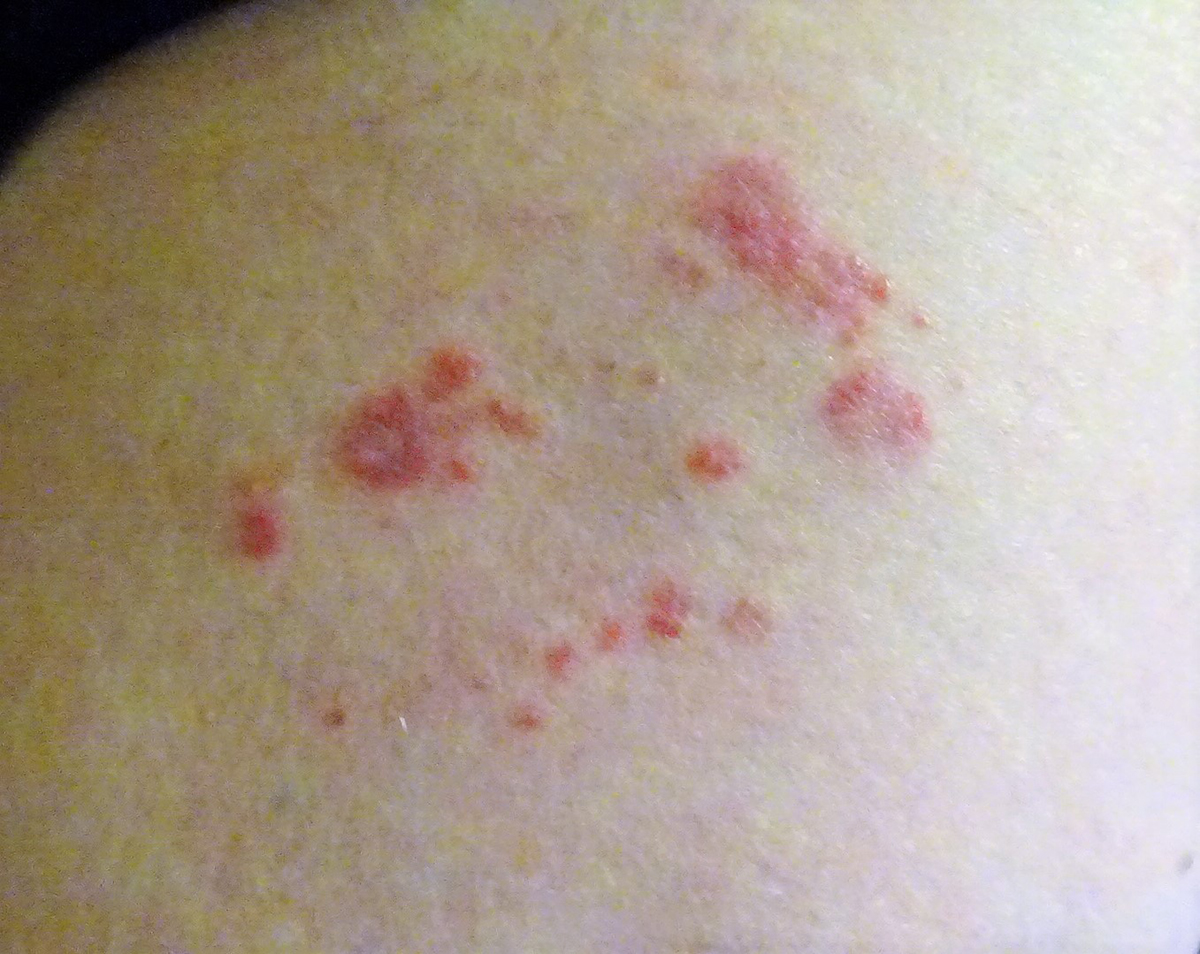
Shingles is a skin rash caused by the same virus that causes chickenpox. This virus is known as Varicella zoster virus (VZV) and belongs to herpes family of viruses. The virus causes painful rash.
Causes of Shingles
When a person recovers from chickenpox, the virus never fully clears from the body but lives dormant in the nervous system. The virus may reactivate under certain circumstances such as emotional stress or compromised immune system from HIV/AIDS, cancer or chemotherapy. When virus becomes active again it doesn’t cause chickenpox but only shingles. Many times, however, a cause for the reactivation of the virus is unknown. People who had chickenpox are at risk of developing shingles but it most commonly occurs in people over age of 60. Children under the age of 10 are rarely affected unless they have had chickenpox at the age of 1 or their mother suffered from chickenpox in pregnancy.
Symptoms of Shingles
The initial symptoms of shingles are headache, fever, chills, upset stomach, itching and tingling. The rash develops after few days. It is not apparent at the beginning and it starts as small blisters. The rash develops as a band of blisters on one side of the body such as chest, back, neck, face and scalp. Areas of the body connected to the nerve cells where the virus was lying inactive will be only affected areas. The small blisters caused by shingles are filled with fluid that later crust over. The rash may be present between three and four weeks. In some cases, the pain can be present but the blister may never appear.
Complications of Shingles
Shingles generally doesn’t cause problems but occasionally the blisters may get infected. Minor infection of the skin doesn’t require treatment. Another possible complication of shingles may lead to the condition known as postherpetic neuralgia. It is a shingles pain that remains long after the blisters have cleared. Postherpetic neuralgia develops when damaged nerve fibers send confused messages of pain from the skin to the brain. Ophthalmic shingles occurs when shingles affect the eye area. This may threaten the sight. Sometimes, shingles may result in encephalitis, hearing problems, Ramsay Hunt syndrome and facial paralysis.
Treatment for ShinglesShingles typically heal on its own but the treatment aims to speed up healing, alleviate the pain and reduce the risk of complications. Usually, antiviral drugs are prescribed and they include Acyclovir, Valacyclovir and Famciclovir. Pain can be relieved with the help of narcotic medications, tricyclic antidepressants, anticonvulsants and numbing agents.


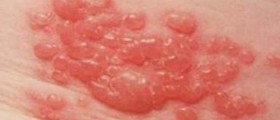
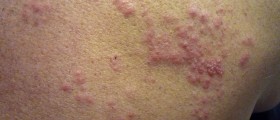



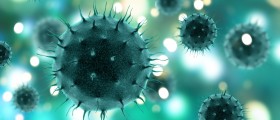


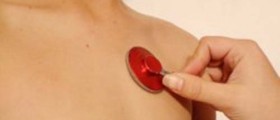





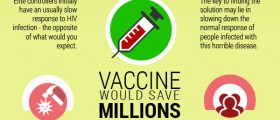
Your thoughts on this
Loading...